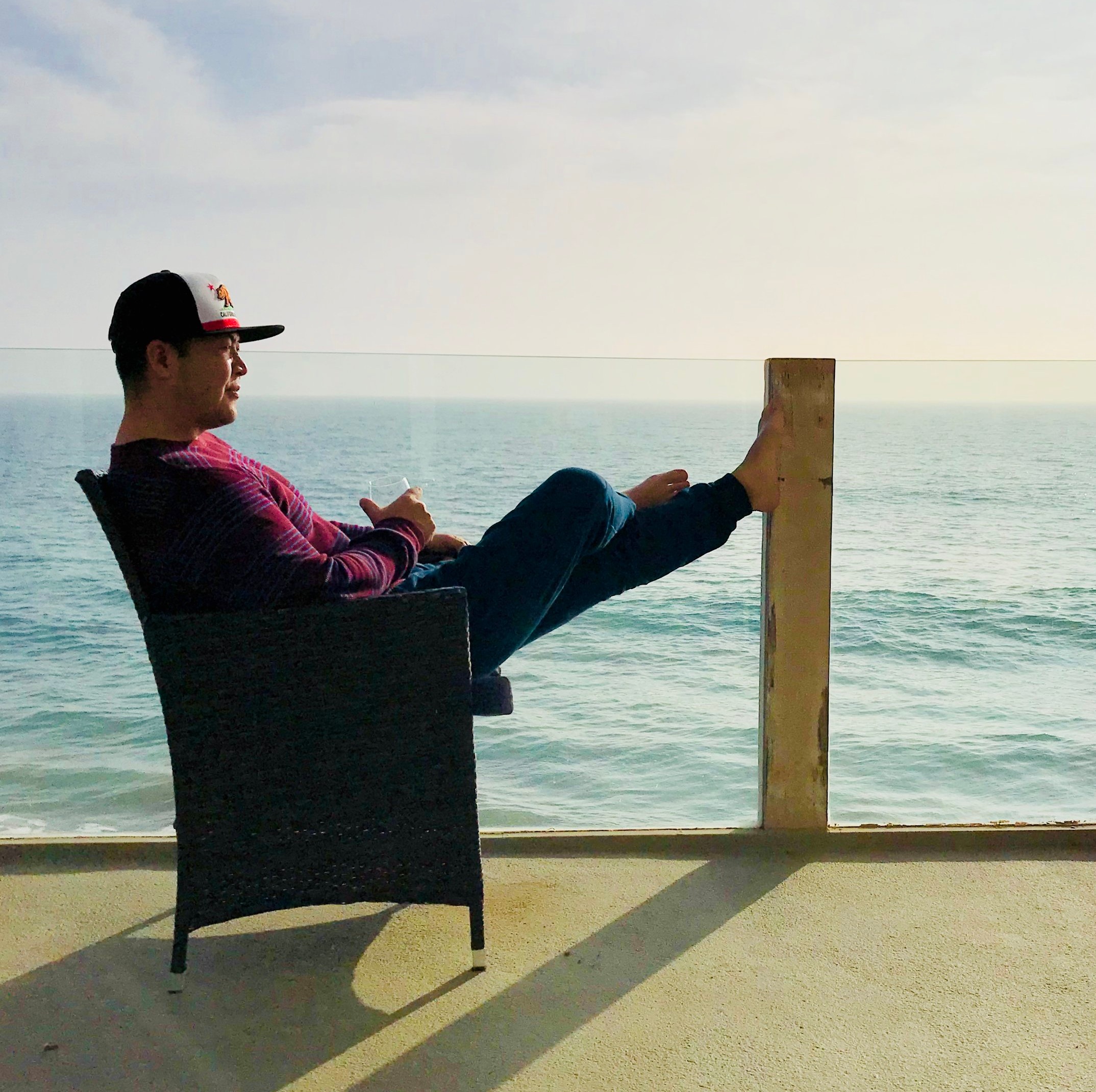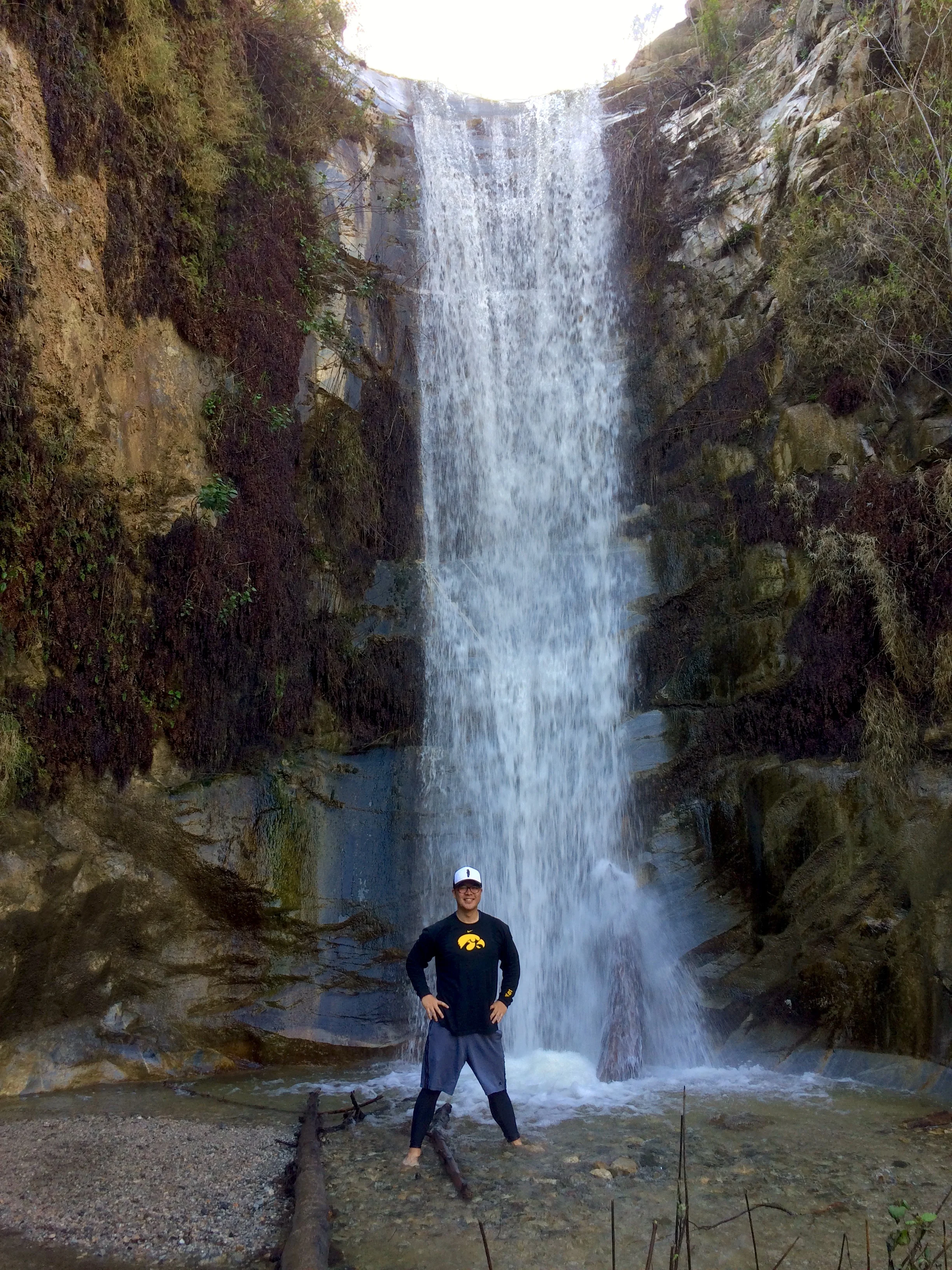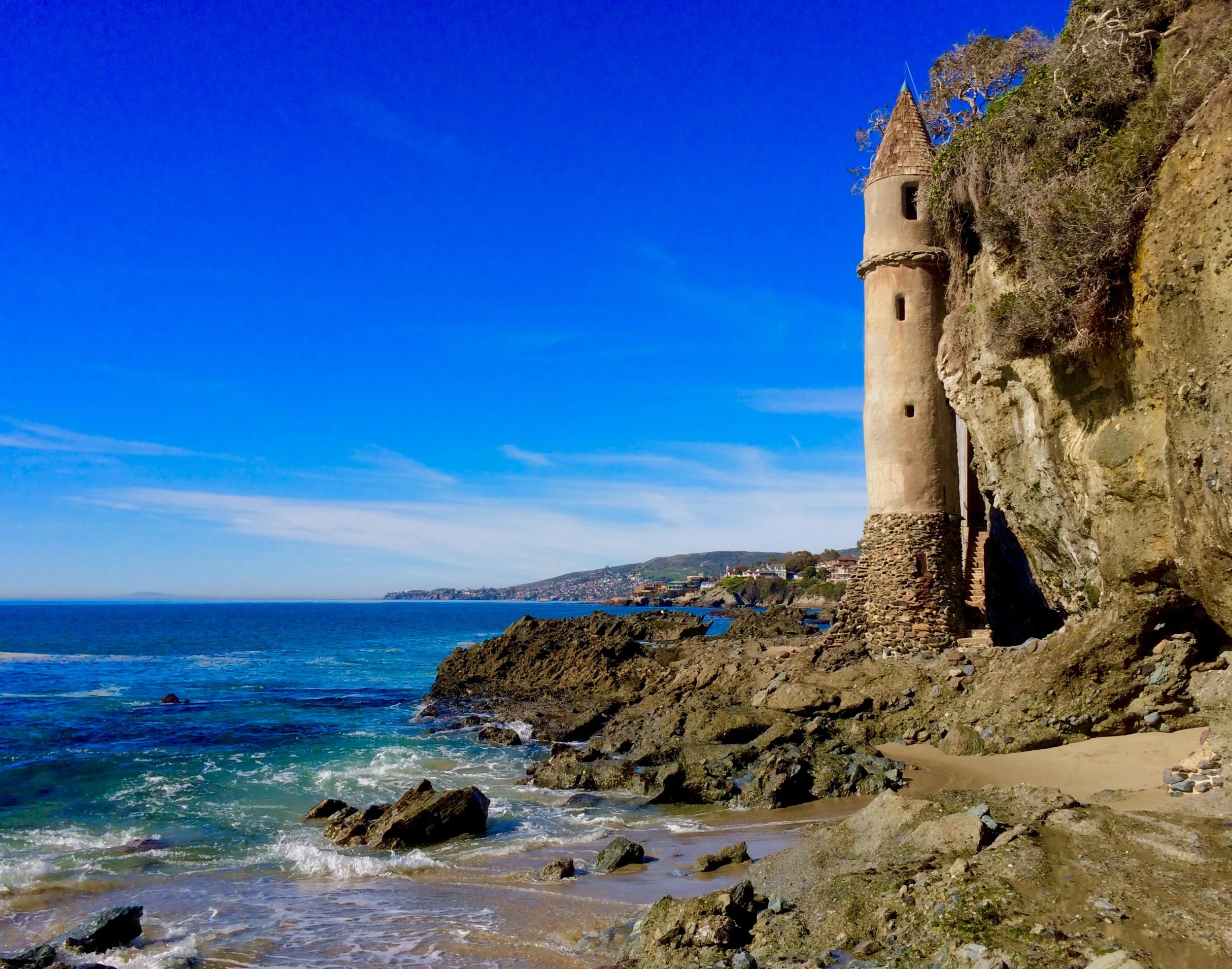California Citrus State Historic Park
DETAILS:
Location: 9400 Dufferin Ave. Riverside, CA 92504
Hours of Operation:
Park Hours: Daily 8AM to 5PM
Visitor Center & Museum: Friday, Saturday, Sunday - 10AM to 4PM
Tours: Fridays, Saturdays, and Sundays at 11AM & 2PM. Space is limited so please pre-register by calling 951-780-6222 Monday-Thursday or 951-637-8044 Friday-Sunday. Unfortunately, they don’t have online reservation capabilities at the time of this post, but check their website (under “resources” below) for any updates. Reservations are highly encouraged, but walk-ins are welcome if space allows.
Parking: Huge parking lot on premise.
Cost:
Tours are free!
Entrance to museum is free with paid parking.
For parking: $5.00 per vehicle / $4.00 seniors age 62+ / See website for larger vehicle pricing.
The following passes are accepted at the park: California Explorer Vehicle Day Use Annual Pass, Golden Poppy Vehicle Day Use Annual Pass, Historian Passport Day Use Annual Pass, Limited Golden Bear Pass, Golden Bear Pass, Disabled Discount Pass (1/2 price camping and day use), Distinguished Veteran Pass
Pay cash or credit card at the automated self-pay stations in the front parking lot or at visitor center/museum, or at entrance kiosk if an attendant is present.
Time Commitment: Tours last approximately 45 minutes to an hour. Unless you are a hardcore agricultural history buff, 30-40 minutes should be plenty of time in the museum. In regards to the park, you could literally spend hours walking the trails that meander throughout this sprawling orange grove.
Miscellaneous:
Citrus tastings are offered in the museum during days of operation.
The picking of any fruit or flowers is strictly prohibited.
Unfortunately no dogs allowed.






Knock-Knock. Who’s there? Orange. Orange who? Orange you glad I’m about to tell you about California Citrus State Historic park?!
Dad jokes aside, amongst iconography like the Hollywood sign, the Golden Gate Bridge, and surfer dudes up & down the coast, there are few things more emblematic of California than the orange. If you find this hard to believe, I dare you to travel more than a few blocks in any given neighborhood throughout much of the state without seeing a citrus tree in someone’s yard. These spheres of juicy goodness were so vital in fact to California’s early economic growth and history that it’s agricultural boon of the late 1800s into the early 1900s has often been referred to as the state’s “second gold rush”. You can learn and witness all of this first hand at the California Citrus State Historic Park in Riverside, California.
This massive, almost 400 acre, orange grove is equal parts museum (detailing the legacy of how citrus became king in the surrounding area), learning center (various displays are posted throughout the park regarding all matters of the cultivation process), and working orange grove (surprisingly, much of the grove’s yield gets sold abroad). And since it’s also apart of the California state parks systems, you can spend a day in the groves recreationally as well whether it’s picnicking or sauntering down any one of the trails that wind through the grove.
And when you do visit, try to take advantage of their free weekend tours! These guided tours will take you out to various spots in the grove (the knoll-top views are absolutely stunning) as your learn about the grove’s history and the fruit currently grown there. For instance, I had no idea that there are over 75 varieties of oranges alone and much of the citrus being grown there I never knew even existed. Take the finger lime for example. Often dubbed “citrus caviar”, this fruit breaks open to release bead-shaped pulp that look like fish eggs. Or the Buddha’s Hand, aptly named for its finger-like appendages. Saving the best for last, the tour culminates with freshly cut samples of all the fruit currently in season, handpicked straight from the grove just moments before. If you’re anything like me, or just human, I’m sure you must be salivating at the thought of this so why not satisfy your tastebuds with a visit?!




